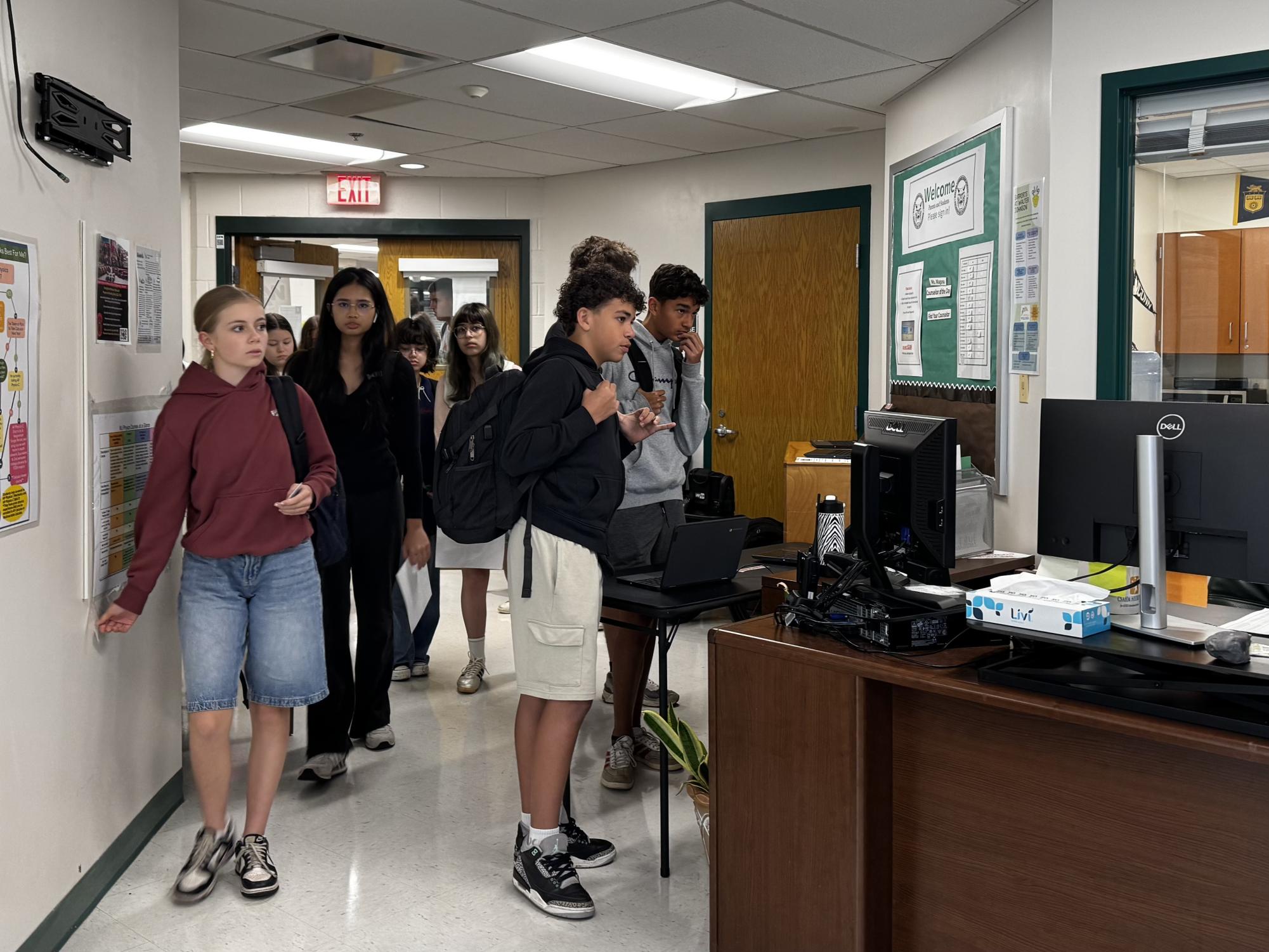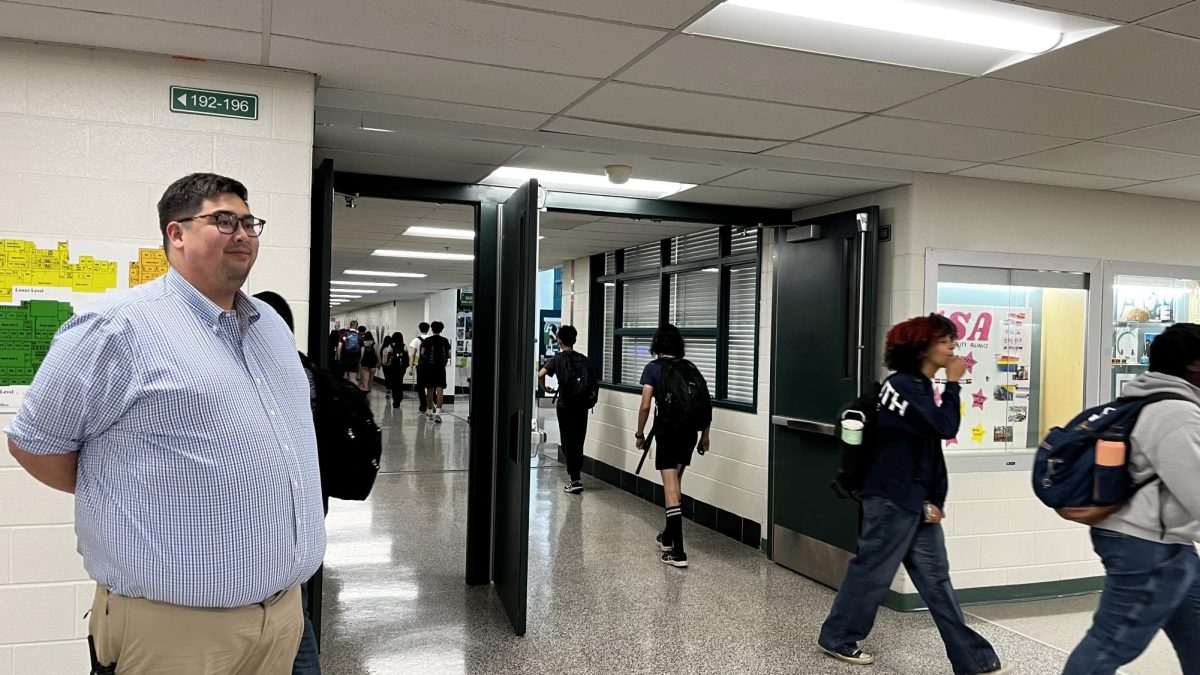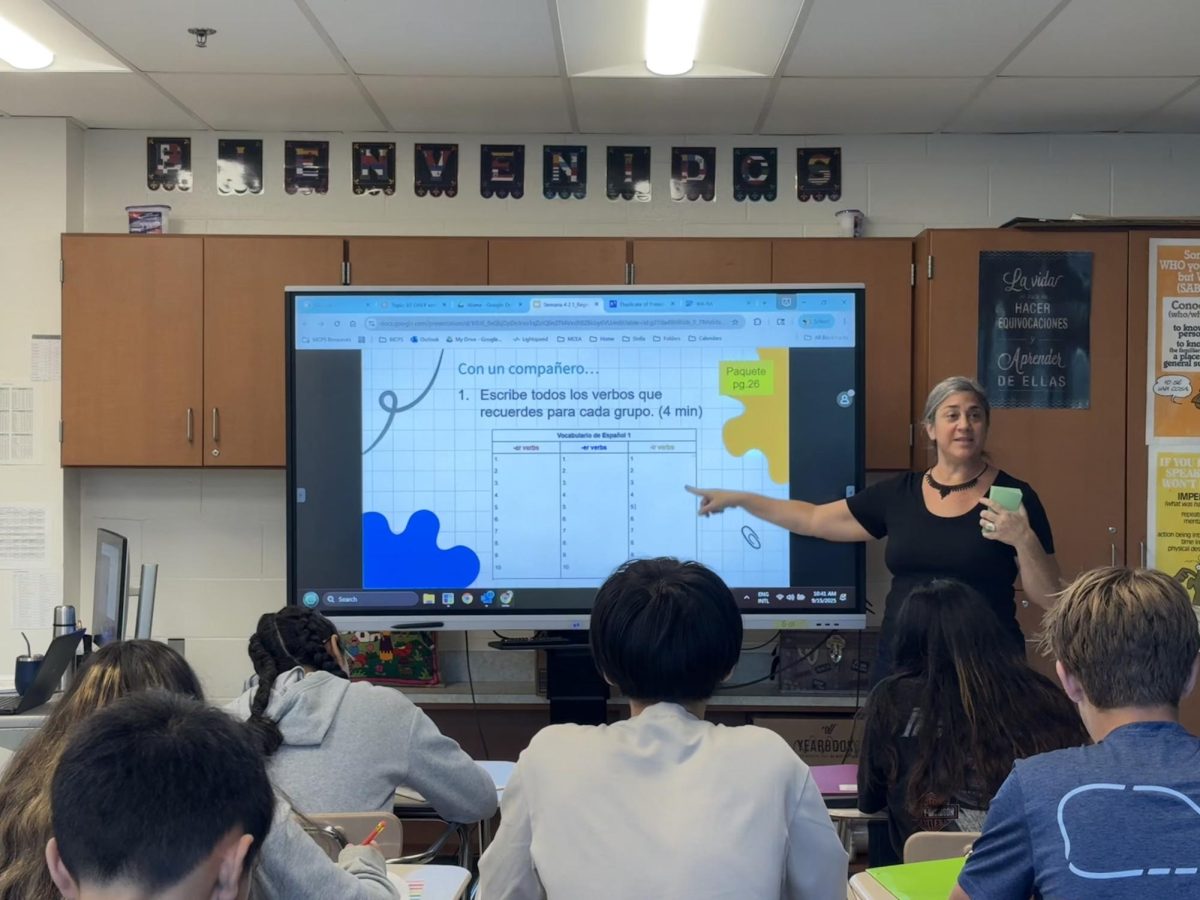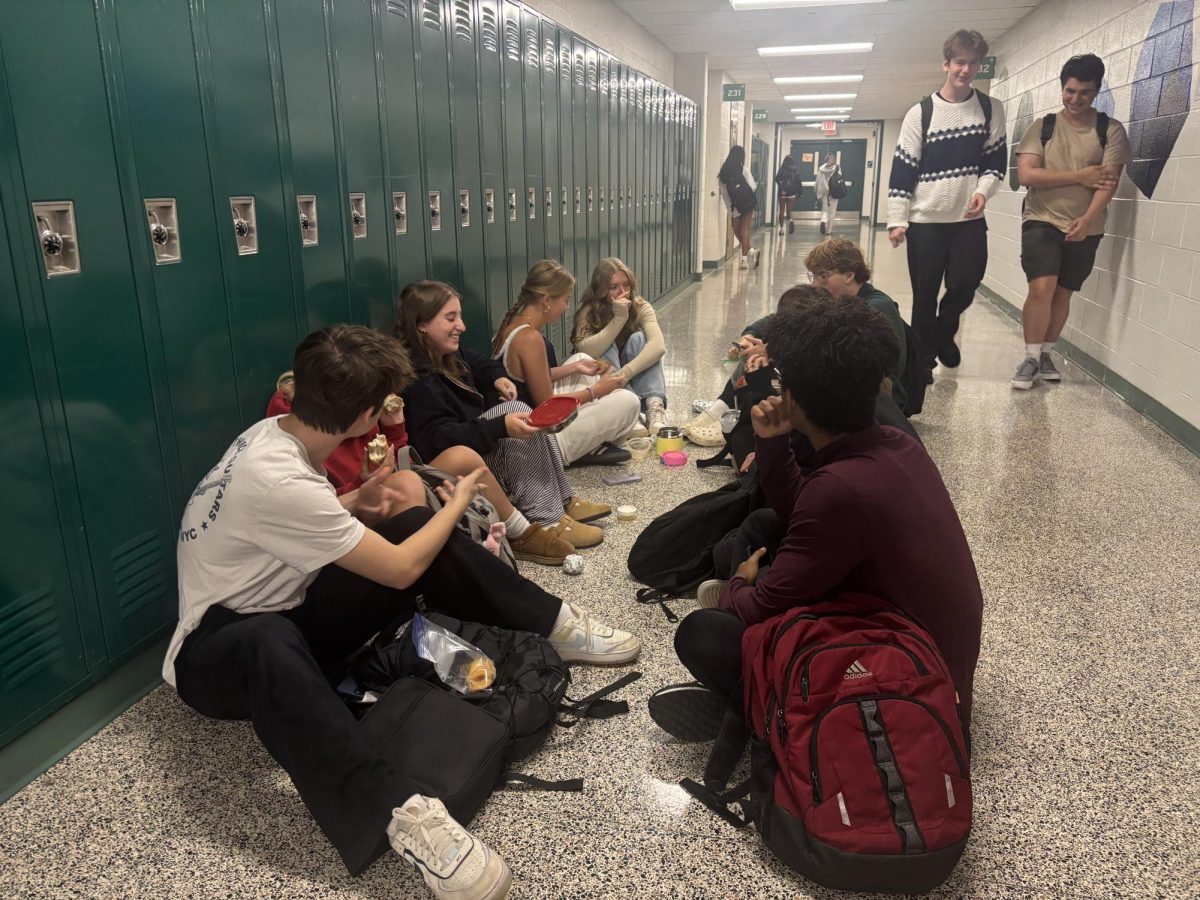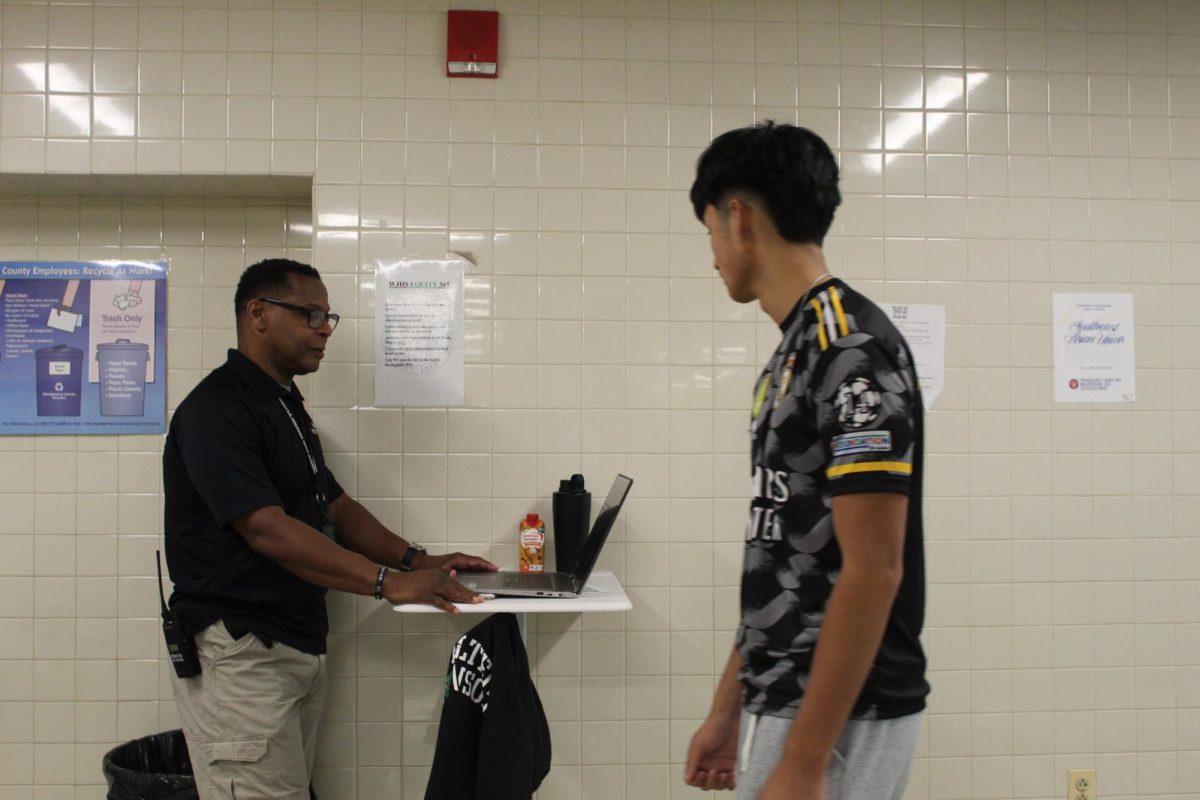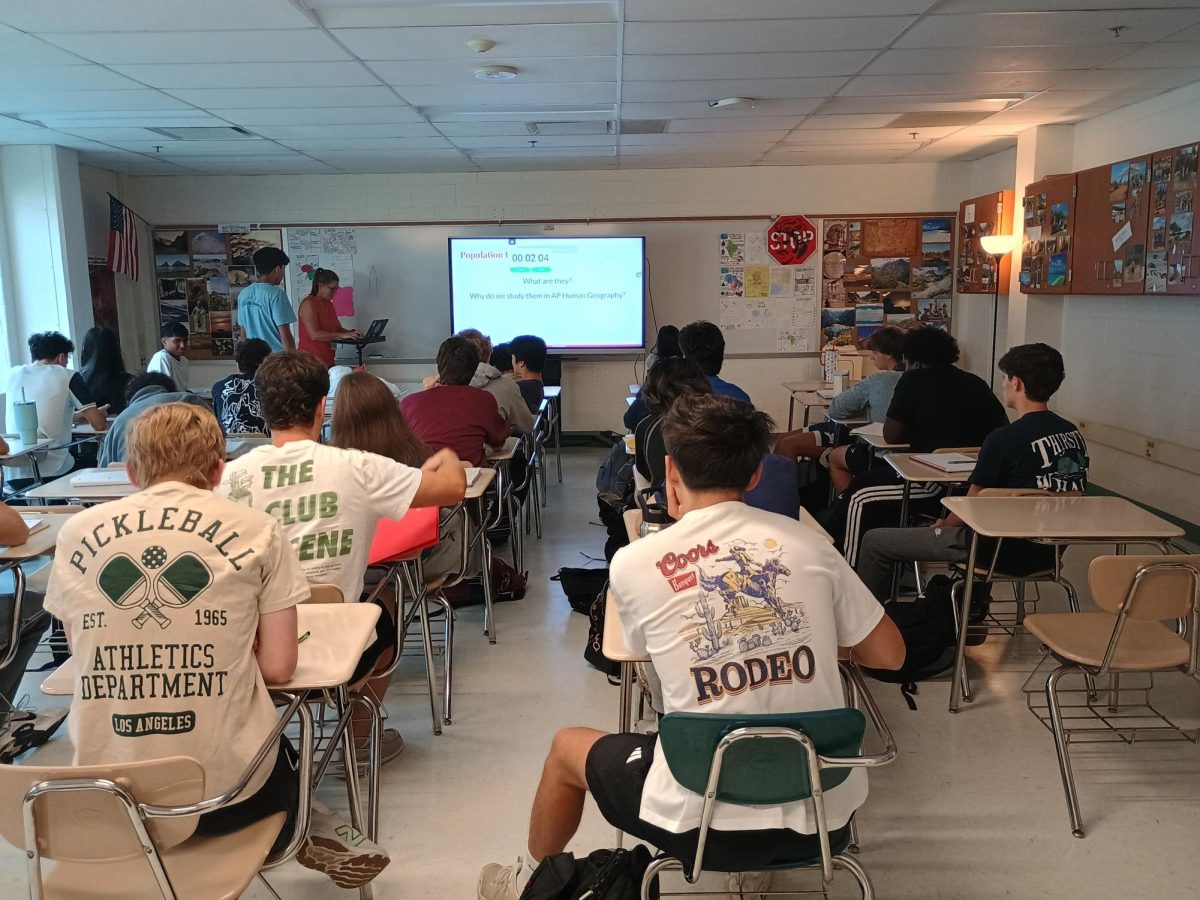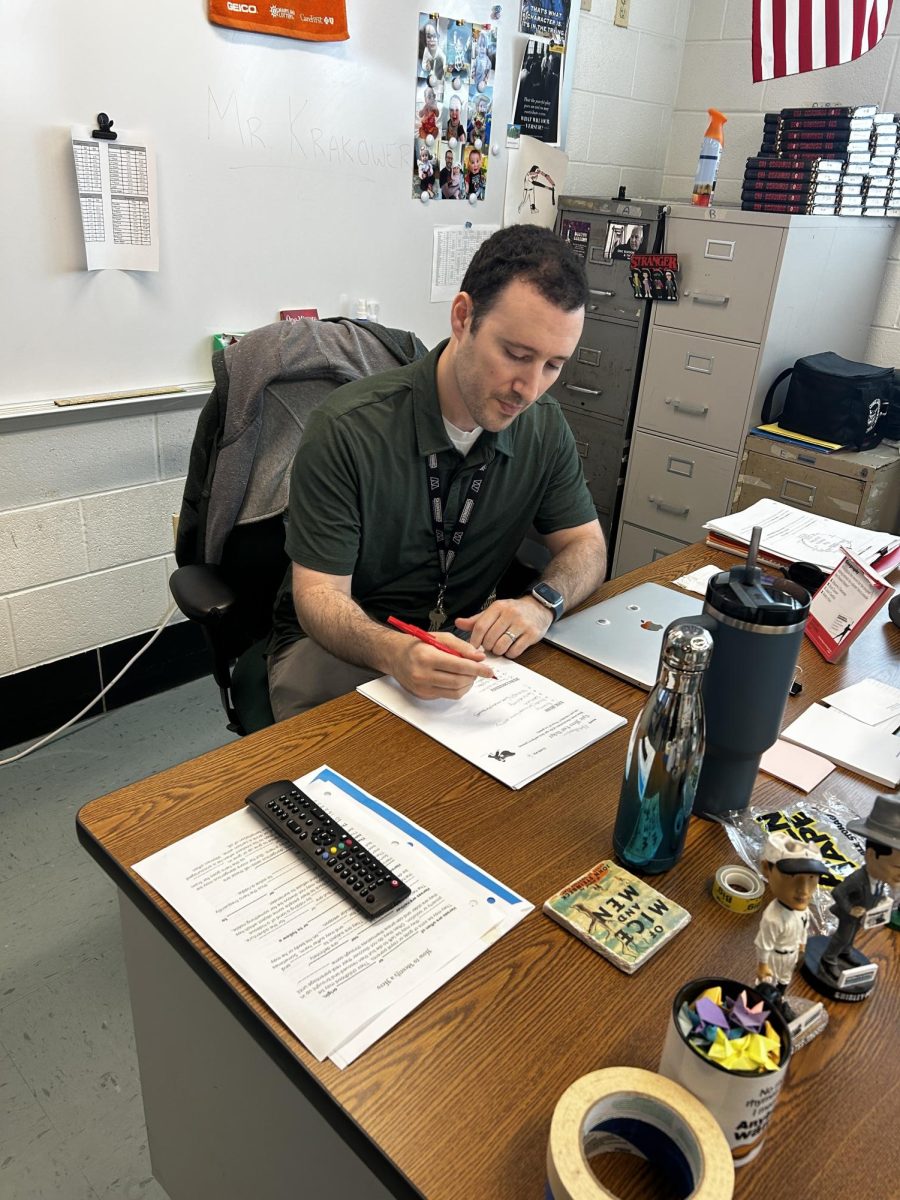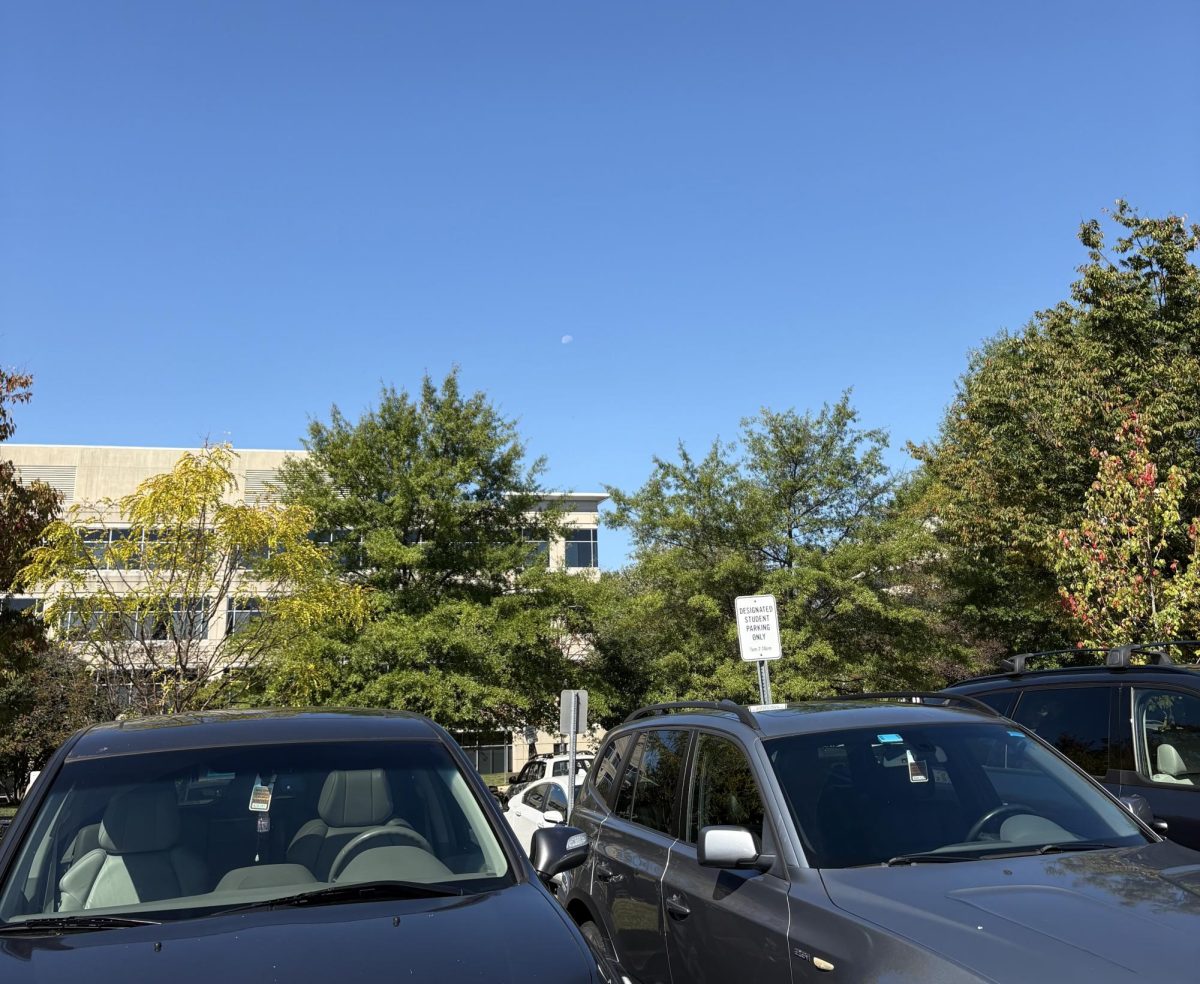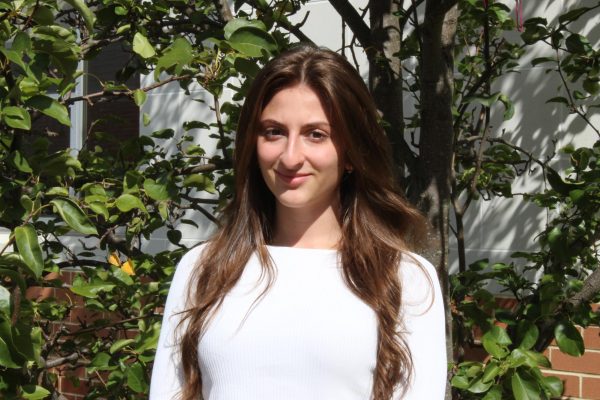These past weeks, lines at the counseling office exceeded their doors as hundreds of students rushed before first period to request changes to their schedule. With overcrowded office doors and hundreds of emails being received on the counselor’s end, the problem of class changes worsens by the year.
To many students, the process of creating a schedule is lengthy and commonly unclear. It begins much earlier than expected, starting in January of the previous school year. The first step is to decide which classes students wish to enroll in on a sheet, followed by an appointment with your counselor. After the sheet is filled out, it is then handed to counselors and input into a complex system in Synergy.
Counselor Heather Dodge attributes the problems at this stage to students not taking schedule decisions seriously in January. Because students assume there is considerable time between choosing classes and the beginning of the year, they have a perception that they are able to be flexible with their choices.
Assistant Principal Regina Rodriguez, who is in charge of overseeing schedules, explains that after students’ classes are placed into Synergy, a program organizes and arranges a master schedule, which is essentially a complex roadmap for teachers showcasing what classes they are assigned to teach, where, and at what time. This system is entirely dependent on the class card schedule from students because it calculates how many periods there should be of that class based on the number of students signed up.
“If there were 50 students signed up to be in a ceramics class, there would be two class periods created because around 30 students are permitted per classroom,” Rodriguez said.
Students who decide to change classes past the sign-up period may cause future issues with the master schedule. However, having to make a final decision months prior to the school year can create unnecessary stress for many.
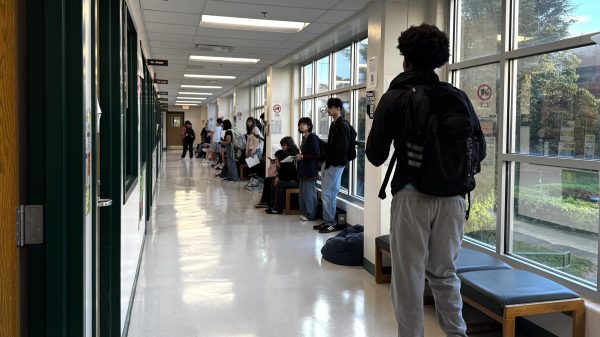
“Making class decisions in January is difficult because you can’t really predict your personal schedule for the next year,” senior Elisa Deparis said.
In addition, other problems arise that are beyond students’ control. For example, students may find themselves in classes that they feel are not the correct level of difficulty for them and need to have their schedule changed, or others become aware of graduation requirements they need to fulfill and take certain classes for credit purposes. On top of all this, with a packed school exceeding 3,000 students, being able to change classes as quickly as possible during the first few days becomes highly impractical.
While counselors are aware of the challenges students face, the process for scheduling decisions and strict rules on class changes remain the same during the first few weeks, allowing students who have only been placed into the wrong class to make schedule changes.


